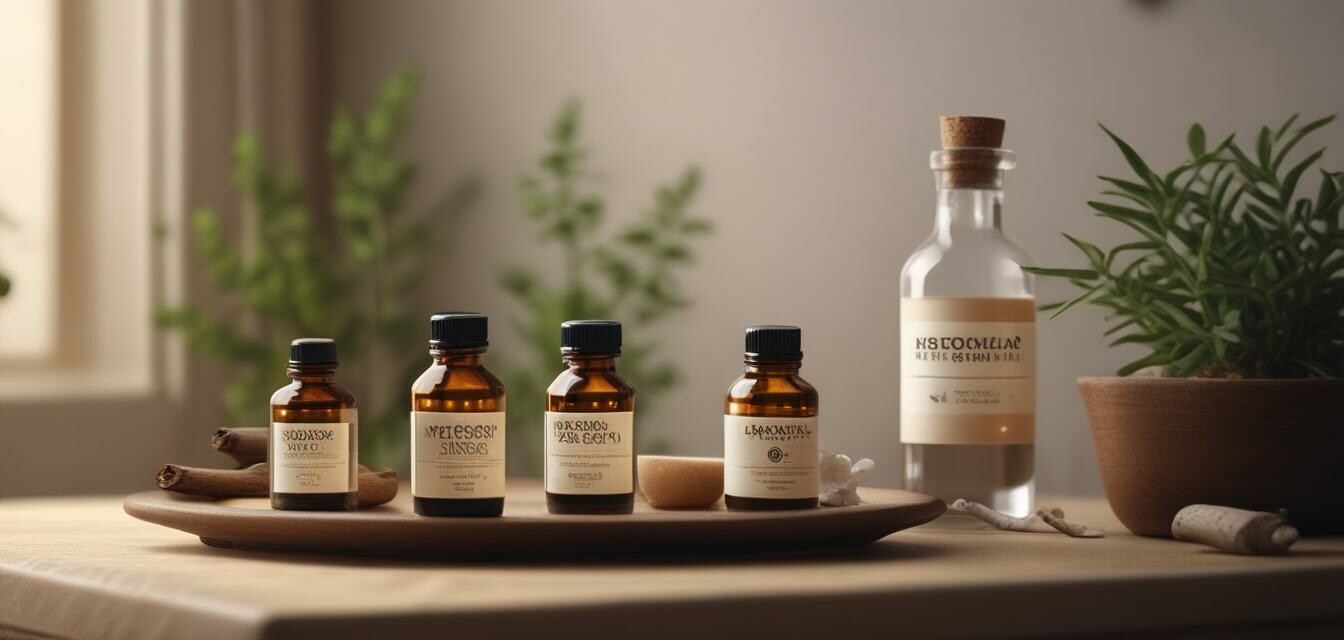
How to Create an Aromatherapy Routine for Relaxation
Key Takeaways
- Aromatherapy can promote relaxation and reduce stress in your daily life.
- Selecting the right essential oils is crucial for an effective routine.
- Using a diffuser helps in dispersing the aromatic molecules in the air.
- Incorporating relaxation activities enhances the overall experience.
- Consistency is key; establish a routine for the best results.
Aromatherapy is a wonderful method to promote relaxation and alleviate stress in your day-to-day life. By incorporating essential oils into your routine, you can create a calming environment that supports mental and emotional well-being. This guide provides a step-by-step approach to establishing a structured aromatherapy routine tailored for relaxation.
Understanding Aromatherapy
Aromatherapy utilizes essential oils derived from plants and flowers to enhance physical and emotional health. The aromas can be absorbed through the skin or inhaled, triggering responses in the brain that help promote relaxation. Here are some common essential oils used for relaxation:
| Essential Oil | Properties |
|---|---|
| Lavender | Calming, soothing, promotes relaxation |
| Chamomile | Soothing, calming, reduces anxiety |
| Ylang Ylang | Calming, uplifting, helps with stress relief |
| Bergamot | Refreshing, uplifting, balances mood |
| Sandalwood | Soothing, promotes tranquility, grounding effect |
Step-by-Step Guide to Creating Your Aromatherapy Routine
1. Choose Your Essential Oils
Start by selecting a few essential oils that resonate with you and your need for relaxation. Consider trying oils from the table above. You can also explore more options on our Aromatherapy Products page.
2. Gather Your Supplies
To set up your aromatherapy routine, you'll need the following items:
- Essential oils
- A diffuser or oil burner
- Carrier oil (if applying topically)
- Aquiet environment
- Optional: candles, calming music, or soft lighting
3. Choose a Relaxation Space
Designate a quiet and comfortable space in your home for your aromatherapy routine. This could be a cozy corner, your bedroom, or even a designated relaxation room. The goal is to create an atmosphere conducive to relaxation.
4. Prepare Your Diffuser
Add water to your diffuser according to the manufacturer's instructions. Next, add the recommended number of drops of your chosen essential oils to the water. For a quick guide:
| Diffuser Type | Water Capacity | Essential Oil Drops |
|---|---|---|
| Ultrasonic | 100ml | 5-10 drops |
| Heat | Varies | 3-5 drops |
| Evaporative | N/A | 1-3 drops |
5. Set the Mood
Create a relaxing environment by dimming the lights, playing soft music, or lighting candles. Minimize distractions to immerse yourself fully in the experience.
6. Inhale and Enjoy
Once your diffuser is set up and running, take deep breaths in through your nose and out through your mouth. Focus on the scents and allow them to wash over you. You may also choose to engage in a relaxation activity such as meditation, deep breathing exercises, or yoga during this time.
7. Establish a Routine
Consistency is key in any routine. Aim to dedicate a specific time each day for your aromatherapy practice, whether it’s during your morning routine, after a long day, or as a part of your winding down process at night. Over time, this will create a calming habit that reinforces your relaxation practices.
Beginner Tips for Aromatherapy Enthusiasts
- Start with a single essential oil to see how it affects you before blending different scents.
- Experiment with different methods of application, such as diffusing, topical application, or adding oils to bathwater.
- Keep a journal to track how different oils influence your mood and relaxation levels.
- Always perform a patch test when using oils topically to avoid skin irritation.
Pros
- Promotes relaxation and peace of mind.
- Can be easily incorporated into daily routine.
- Creates a pleasant atmosphere at home.
- Variety of essential oils offers customization.
Cons
- May cause sensitivities or allergic reactions in some individuals.
- Requires consistent practice for best results.
- Initial investment in oils and equipment may be significant.
Conclusion
Creating an aromatherapy routine for relaxation can be a transformative practice. By selecting the right essential oils and establishing a dedicated space for your routine, you can cultivate an environment that encourages tranquility in your daily life. For more information on enhancing your wellness journey, explore our Wellness Tips category to discover more strategies and ideas.
Remember, aromatherapy is a personal experience and can be tailored to fit your needs. Enjoy the benefits that come from establishing a calming and structured routine!
